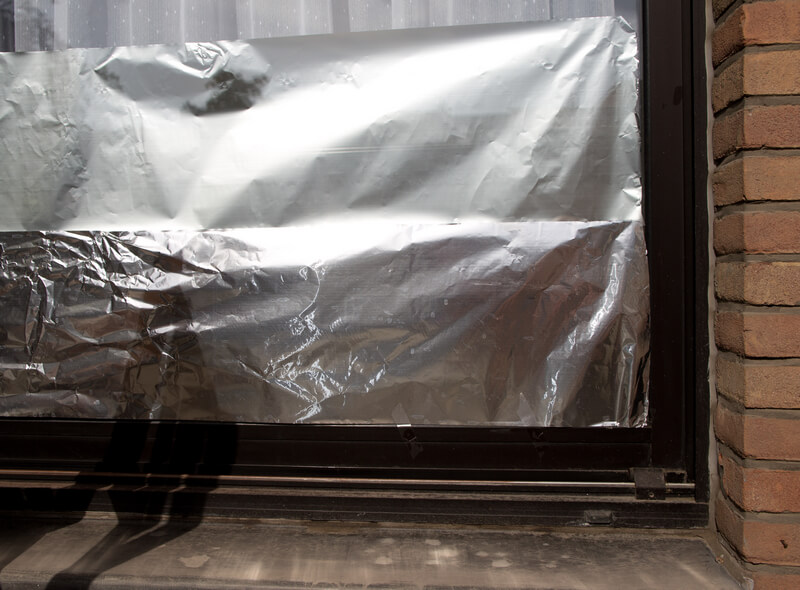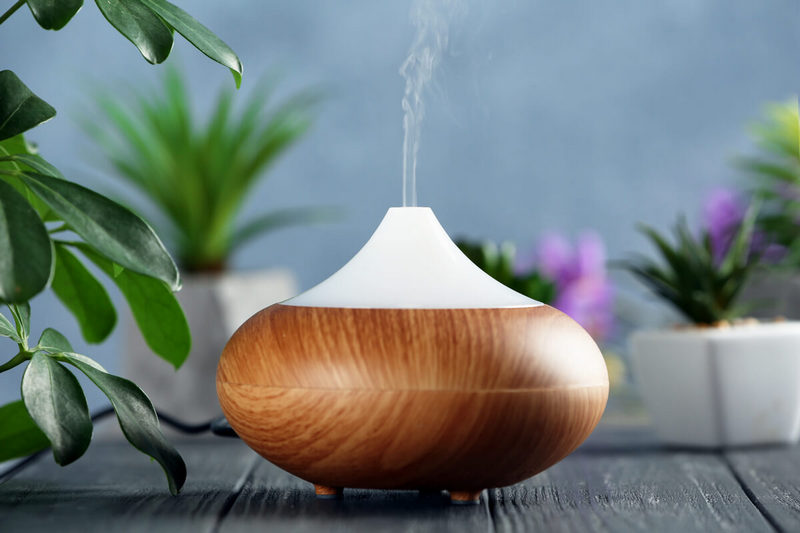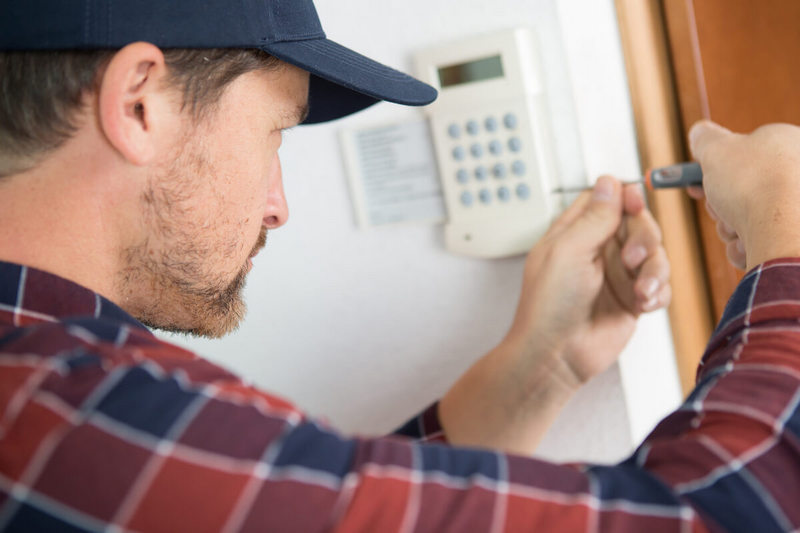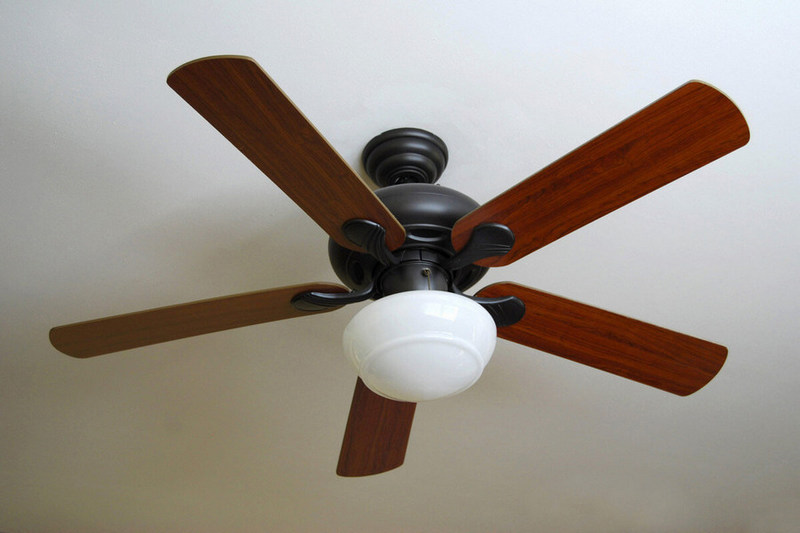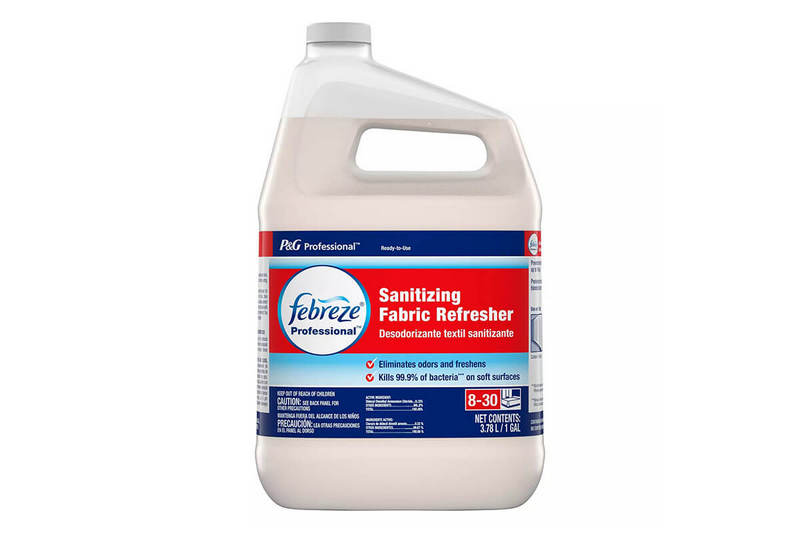Aluminum foils are becoming a popular summertime installation. Though ugly, the trend is on the rise. Hot summers can be devastating if you don’t have a solution. With most people installing glass windows, the sun shining into the interior of the home will keep your air conditioner cycling and bills soaring.
For every heatwave, you will be scrambling for anything that can cool your home without denting your finances. People are turning to regular kitchen foil to solve some of these problems.
Aluminum foil can be a great solution for blocking heat and light from entering your home through windows. For maximum effectiveness, make sure to place the shiny side facing outward and cover the backside with a layer of insulation or cardboard. This will help reflect the sun’s rays away from your home and keep it cooler.
Why do people put aluminum foil on their windows?
Not everyone knows why people put aluminum foil or tin foil as it is commonly called, on windows. The rationale, though fogy, seems to work, and maybe you should try it. Here are the reasons.
Prevent sunlight from entering and heating a home
For many years now, people have always believed that putting aluminum foil on the windows will prevent heat from entering their homes. Is it true? Scientifically, there is some proof that indeed aluminum foil can prevent some of the sun rays from entering the house.
When installed correctly, it will keep the heat out. If done poorly, it will not do its job well, and you will not enjoy all the benefits.
To reduce glare caused by direct sun rays
Whenever sun rays are entering through the windows, they cause a nuisance in the house. This is because the lights reflect on the television, computer screens, and mirrors. They can create a big mess, especially during sunset because the sun is directly entering the room. Putting aluminum foils on the windows ensures that sunlight cannot directly enter the house.
Doing this minimizes the glare ensuring that people can use mirrors comfortably. If anyone is working with a computer or watching television can also do it safely without the glare.
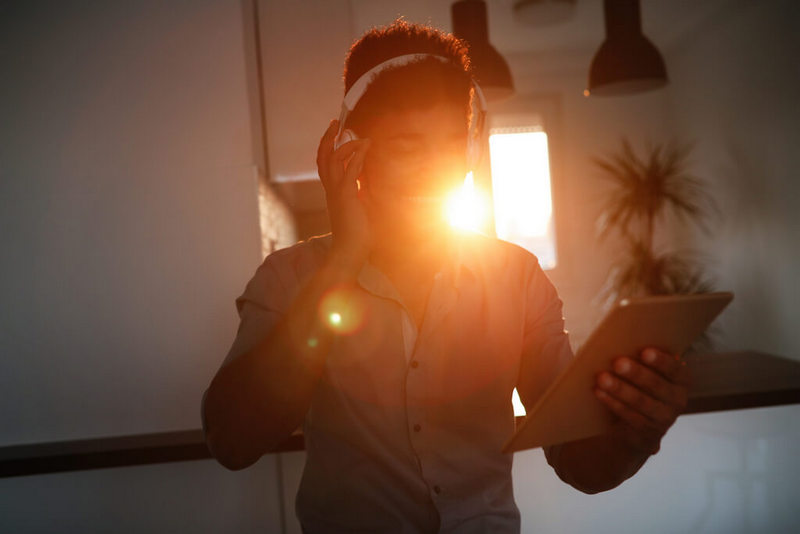
Keep prying eyes away
When the sun is illuminating the inside of your home, it will be easy for any nosy neighbor or potential intruder to peep inside the house. To keep your things private, aluminum foil can do this job perfectly.
Aluminum foil is opaque, and someone cannot see the inside of the house once you have installed the foils. You can install it where you anticipate that someone could potentially intrude on your privacy.
To save on utility bills
Cooling systems are often on the overdrive during summer, and in doing so, they gallop a significant amount of energy. Allowing them to run continuously throughout summer will most certainly leave you with an empty wallet.
Foils reduce this burden by ensuring that the home’s internal temperatures remain fairly uniform throughout the day, reducing the energy consumption of the AC. You will eventually pay less on utility bills while still enjoying cool internal temperatures.
➡️ Read Also: Running Window AC Unit All Day
Blackout the interiors
Manipulating the light in a room can bring the desired effect on the user. Notably, people who sleep during the day can benefit greatly from darkening a room to make the room comfortable to sleep. Also, if you are doing other tasks such as video recordings, you may need to control light to ensure that outside light does not interfere with your shoot. Therefore, you can enjoy perfect videos or naps.
Is it safe to put tin foil on windows?
Aluminum has been in use for over 100 years already. Its use has been mainly in the kitchen wrapping hot food and other items. It is even grill safe running up to 400°F. Why do we believe that tin foils on windows are safe? Here are our thoughts.
Aluminum is toxin-free
Almost all cooking items such as pots, pans, cookers are made of aluminum. This is because even in extreme heat, aluminum remains stable. Unlike other metals that often release toxins when exposed to high temperatures, aluminum does not have known emissions or toxins.
Even though heated aluminum will release some aluminum molecules, it only happens when the temperatures are extreme. When placed on windows, the temperatures barely reach 212°F. The foil keeps radiant heat at bay by reflecting sunlight away only absorbing a small fraction. They rarely overheat.
Neighbors might start suspecting you
Adding opaque and non-standard décor on windows can invite suspicion. Your neighbors will start wondering what you are hiding behind the hideous background. People don’t always know aluminum foils can act as air conditioners and will think that you are up to something sinister. Some might even report suspicious activity in their neighborhood.

You have to endure the messy look
If you are looking for something appealing, tin foils are not your go-to cover materials. They are not appealing to look at from the outside and the inside. You have to endure a chaotic décor for the summer before you finally get rid of them in the winter.
Perfectly legal
Is it illegal? No! It is not expressly encouraged, but it is also not expressly discouraged. Tin-foil-covered windows will not get you into the bad books with the building inspectors. However, you may need to notify the neighborhood watch of your reasons for covering your windows with aluminum.
You may also want to ensure that you are not interfering with the indoor air quality and ventilation systems while at it. Doing so can be dangerous. When covering, cover only the windows and not the air ducts.
What is the best way to put aluminum foil on windows?
For aluminum or tin foil to be effective at keeping the heat out, it must be installed correctly. Generally, the foil has two sides, one shiny and another one a bit dull. The shiny side must be the one facing the sun. Reflective surfaces generally will bounce the sun rays away from the windows.
However, the foil is a good conductor of heat, and it will most surely absorb some of the heat. This heat will still find itself on the windows and consequently heat your home. On top of installation and tapping the tin foil, you may need an extra level of insulation such as fiberboard or cardboard.
The process is simple:
- Ensure you have good quality foils. Some foils will not be suitable for windows because they are too light.
- Preferably, handle foils carefully to prevent injury. The edges can be sharp if you are not careful.
- Measure the windows correctly and adjust for the edges. Typically, you will add 2-3 inches on top of the measurements. For bigger windows, you can measure several pieces and overlap them when installing for a complete blackout.
- Cut the foil with the right tools, such as tin snips or regular scissors.
- Fit the aluminum foil perfectly on the windows.
- Add preferred insulation if you want to keep the heat out. If you don’t have a suitable insulation material, add a second or third layer of tin foil.
- Tap the edges to keep the foil in place using masking tape. Other tapes may not be suitable because they can destroy the paintwork.
- Clean up your workstation.
You can actually do it yourself, or call in a handyman or general contractor to do the job. If you have many windows, the work can be tiring. An expert will do the job.

